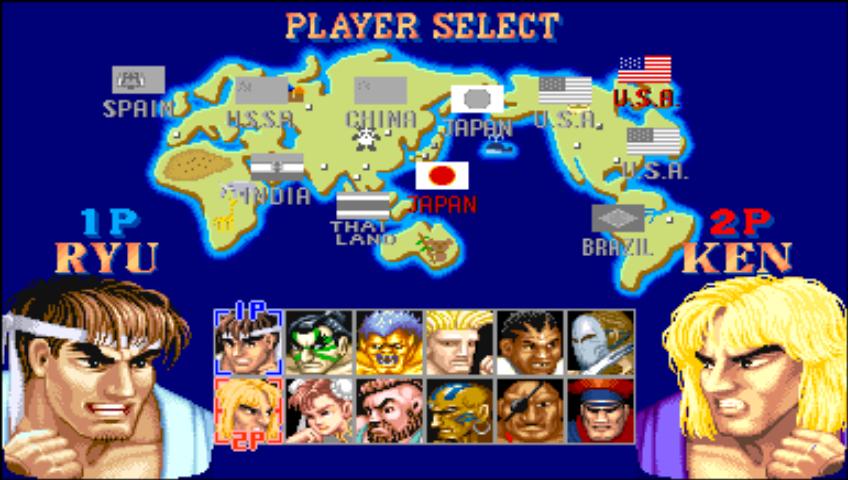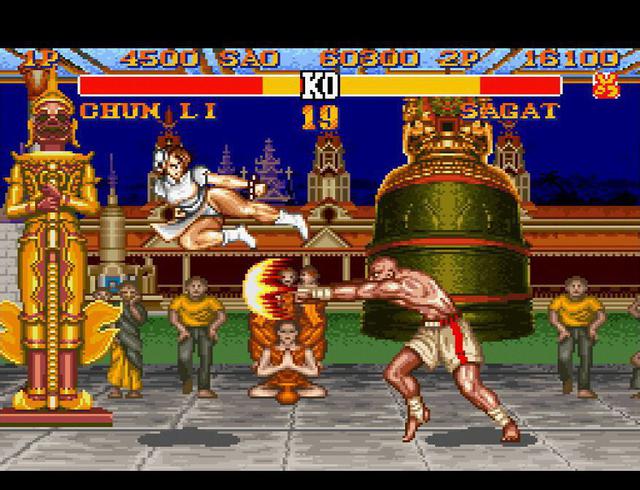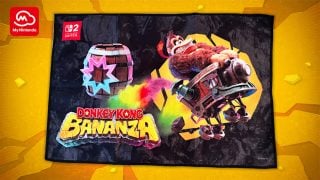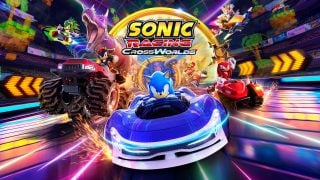When it comes to series outside of Nintendo’s own collection of classics, there’s none I’ve spent more time on than Street Fighter. This is the game that made me love fighting games and it’s managed to maintain a presence in the world for 30 years now. While most will tell you the first arcade game isn’t worth your time, I’d bet just as many (if not more) will tell you that playing Street Fighter II in one of its many versions is something anyone who loves games must do. There’s so much history and progress in this one game (and its many upgrades) that it was a no-brainer that some version of it would make it onto the SNES Classic. Get ready to become a World Warrior all over again, because today we’re talking Street Fighter II.
I hardly need to describe this game in any extended form. If you can imagine an arcade fighting game, you’re imagining Street Fighter. A roster of varied and iconic characters? Stages based on world landmarks? Special move inputs that take things from basic to fantastic? Yeah, Street Fighter II defined these things and more. While it appeared on several systems over its lifetime, including the Switch earlier this year, its connection to Nintendo history is clear-cut. The SNES and the Genesis were in direct competition with each other, but I don’t see Sega adding Ryu to any of its games lately. Yet here I am writing this with an amiibo of the game’s most famous character within arm’s reach.

Fighting games thrive on their mechanics and their ability to let a player express themselves through them, and while there’s been significant growth in the genre over the decades, Street Fighter II allowed players to cancel their attacks into other ones. These combos became the foundation of everything else — but even if you couldn’t manage anything particularly impressive or optimized, there’s still an inherent joy in simply throwing a Hadoken. Learning the input for that fireball is a right of passage, as ingrained in me as holding down B to run in Super Mario Bros. This is aided by some fantastic sound and visual design, with characters calling out their specials both to dominate the airwaves in the sensory overload that were arcades and to give players on both sides of the screen something to time their actions to. This multilayered experience is something I think most players take for granted, but if the number of quarters and times I spent on Street Fighter are any indication, the dynamic components within the game worked wonders.
The version we’ll be getting on the SNES Classic is Street Fighter II Turbo: Hyper Fighting. This one enhanced the speed, gave most characters new special moves to use, and made pulling off those moves more rewarding by increasing the difficulty with timing thanks to the tweaks. Precision gained prominence, but it was also easier than ever to get in on your opponent when you wanted to. As far as the SNES goes, this was also the first time the four bosses of the game became playable, adding a greater number of options in versus mode and giving even veterans new characters to learn.

More than anything, Street Fighter stands out as a social experience to me. Sure you can run through its arcade mode and test your own skills, but where it shines is as a multiplayer title, worthy of best of ten sets and passing controllers around the room. Seeing how your rivals play their characters, even if it’s the same as your own, makes a game you’d think is mostly about dexterity just as mental. This is a game I’ve used to teach others why I love fighting games based on its simplicity. This is a series that played a big part in getting closer to who is now my best friend. This is a phenomenon that grew and grew ’til it could help gather thousands upon thousands of people to Las Vegas to Shoryuken in unison at EVO annually. This is Street Fighter, and I can’t wait to play it again.
Looking for more SNES Classic goodness while you wait for the release of Nintendo’s newest mini machine? You can view more articles featuring the beloved games throughout the month in our Super September series!
Leave a Comment

